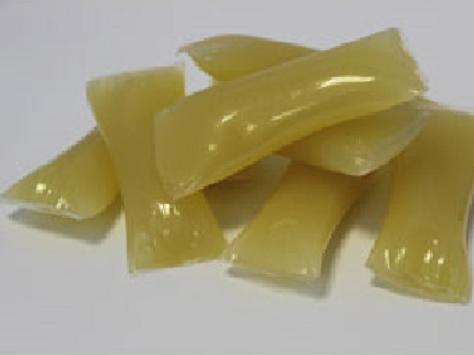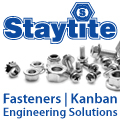
Posted to News on 4th Mar 2022, 08:55
Hot stuff from Chemique Adhesives
White paper delves into world of hot melt adhesives

Chemique Adhesives has released a white paper to provide an introduction to hot melt adhesives.
This aims to provide a basic technical understanding, including the properties, fundamental formulation, application and advantages of this type of adhesive.
What are hot melt adhesives and how do they work?
Hot melt adhesives (HMA) are adhesives which are applied when hot, in a liquid form and, once cooled down, solidify. HMA have no carrier such as water or solvent for the adhesive, as in effect heat is the carrier that allows for the adhesive to be applied.
“In addition, most HMA do not undergo any chemical reaction, such as cross-linking or removal of a carrier, such as evaporation of solvent,” states Chemique Adhesives. “What this means is that 100 % of the formulation is adhesive and there is no need for a correct ratio of components to be obtained either within the formulation or during application. As well as this, no additional processes, such as mixing, are required either before or during application.”
All hot melts work by ‘wetting out’ the surface of the substrates that are being adhered together and this can easily be achieved when the hot melt is being applied in its liquid form, it adds. However, depending on the substrate temperature, the hot melt may quickly cool, which can sometimes make adhesion to the second substrate difficult.
Two main subcategories
“There are two main subcategories of hot melt adhesives: Pressure Sensitive Adhesives (PSA) and Non-Pressure Sensitive Adhesives (non-PSA). The difference is that PSA hot melts remain tacky once cooled to room temperature and, when bonding non-PSA hot melts, the joining of substrates must be done while the HMA is hot to allow for the wetting of adhesive onto both substates to ensure a good bond is achieved.
Therefore, the HMA must stay hot for as long as required to wet out both substrates and, to achieve this, specialist equipment is available, dependent on the adhesive and application requirement.”
When using PSA, substrates can be joined when hot, however, depending on the adhesive and substrates being used,” adds Chemique Adhesives. This may occur when at room temperature, as the adhesive will still be tacky. “If the substrates are bonded together at room temperature, then the tack level of the PSA must be such that it is able to wet out the second substrate being applied to the HMA.”
When cooled to room temperature, regardless of the type of HMA used, it must have enough internal cohesive strength, as well as maintain its adhesive properties, to keep the two substrates bonded.
To see the white paper in full, click here.





